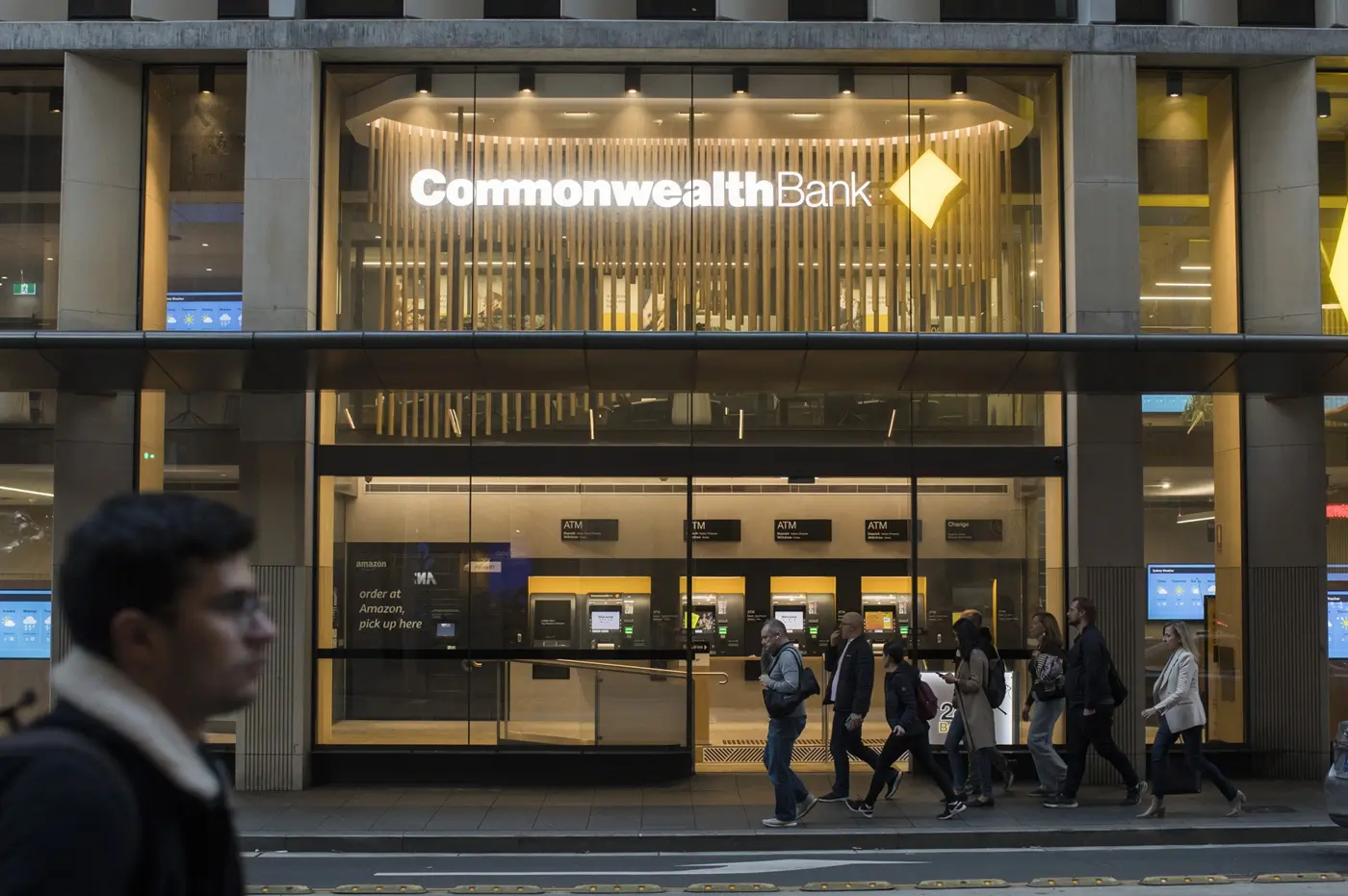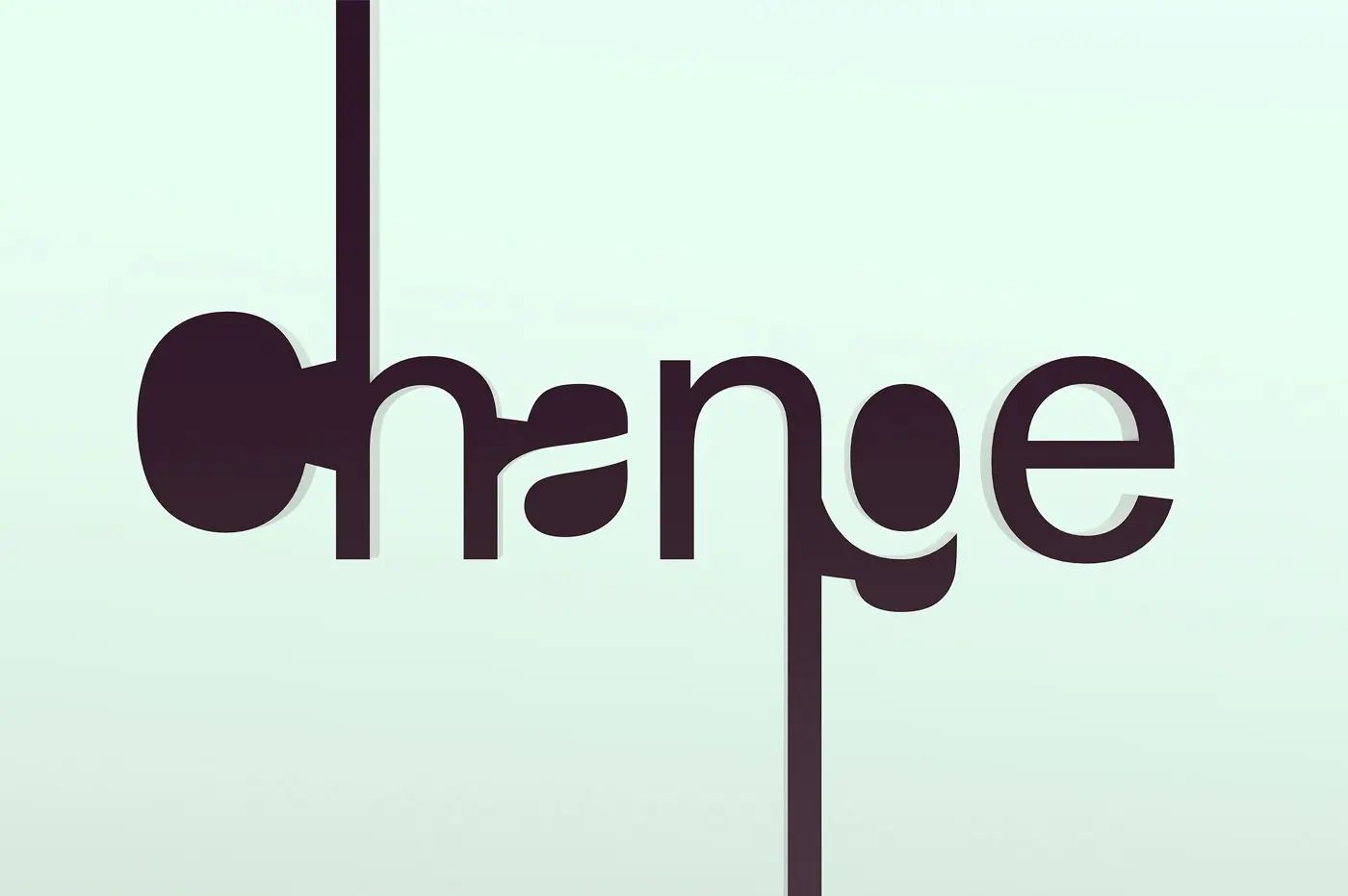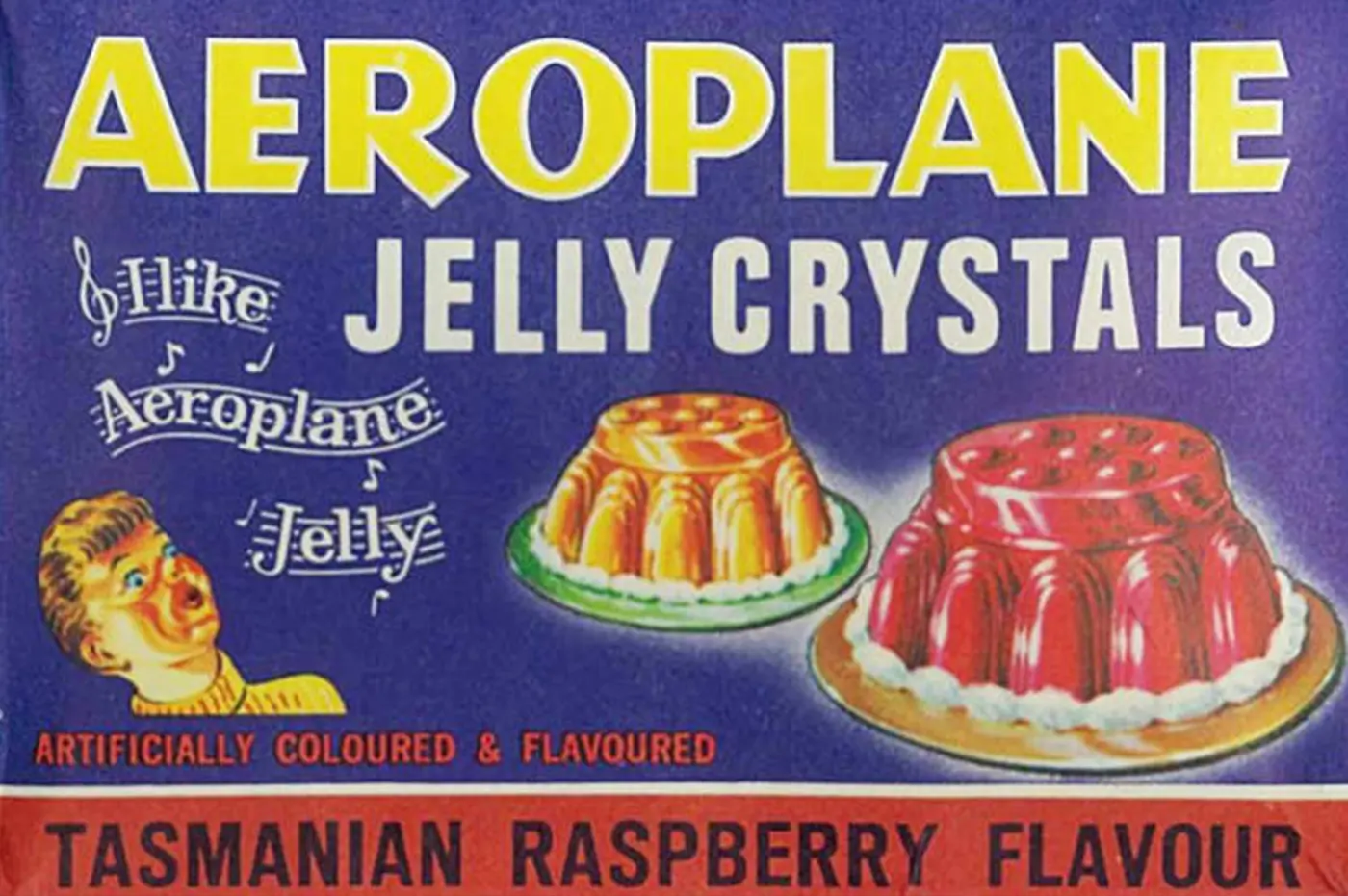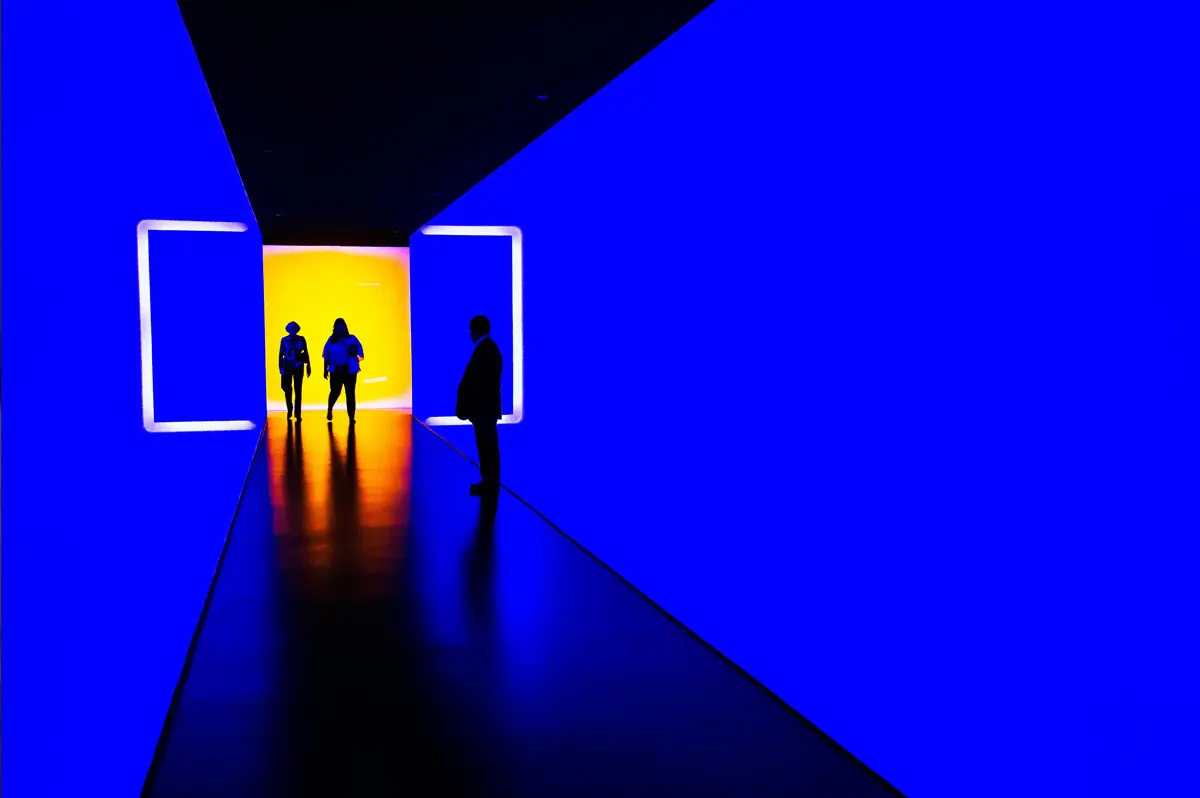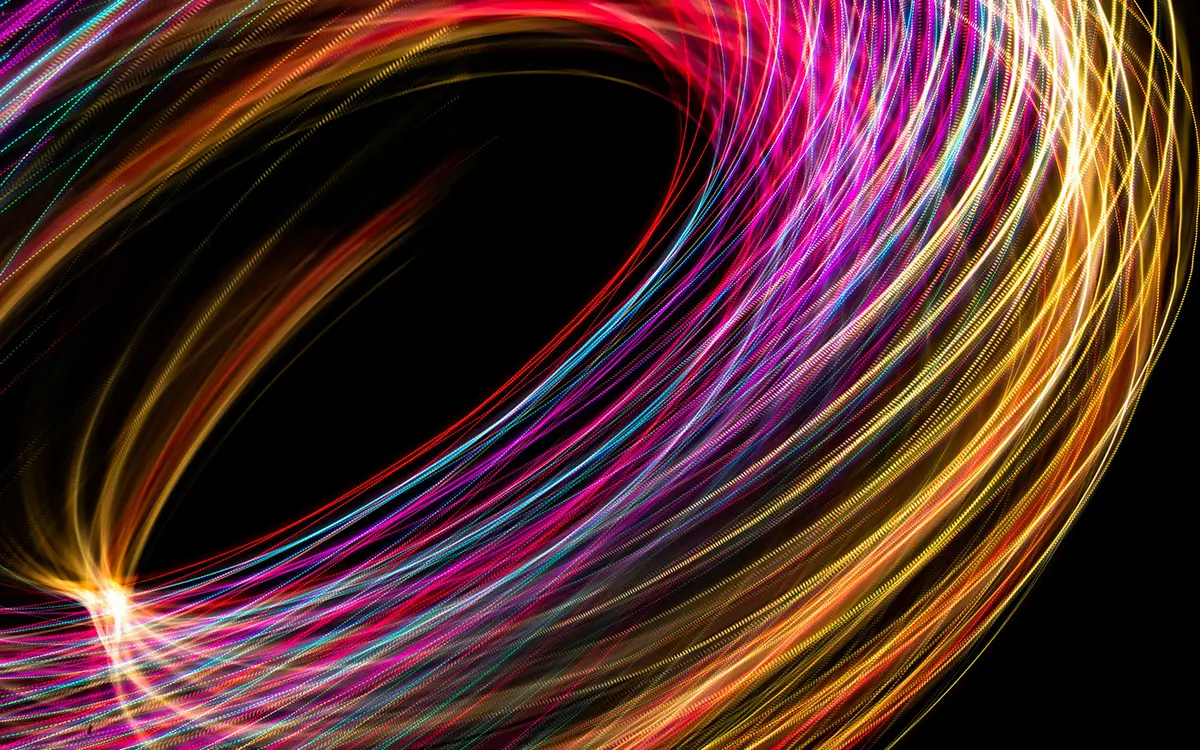In today’s fast-paced branding and design world, the graphic designer’s role is ever-evolving. At Hello Brands, we always pursue the next innovative idea, a groundbreaking design, or a captivating visual concept. One tool that consistently aids us in this process is the mind map.
What is a Mind Map?
At its core, a mind map is a graphical representation of ideas or thoughts. A central idea branches out into multiple related concepts, allowing for an organised, visual arrangement of interconnected information. Originating from the practices of note-taking and brainstorming, mind maps are an indispensable tool for many professionals across various fields, from educators to business strategists.
Mind Maps in the Realm of Graphic Design.
For graphic designers, the challenge often lies not in a lack of ideas but in structuring and refining these ideas into a cohesive, engaging design. This is where they come into play:
- Discovery of Ideas: When confronted with a design challenge, it’s easy to get stuck in a loop of overused concepts or visual clichés. Mind mapping offers a structured brainstorming approach, helping designers venture beyond the obvious and uncover fresh, innovative ideas.
- Organising Thoughts: Graphic design is a balancing act between aesthetics and clarity. A mind map assists designers in laying out their ideas, ensuring that their designs look good and effectively convey the intended message.
- Visualisation: Visual tools resonate deeply with graphic designers. They offer a clear picture of the flow of ideas, connections between elements, and the information hierarchy. This visual process often ignites inspiration and sparks creativity.
The ever-evolving design landscape is not just about having great ideas—it’s about understanding, refining, and communicating them effectively. Mind maps are one of the most powerful tools in a designer’s arsenal.





